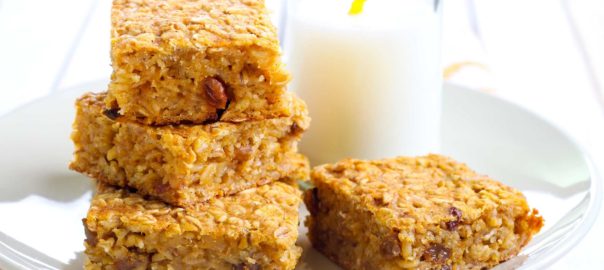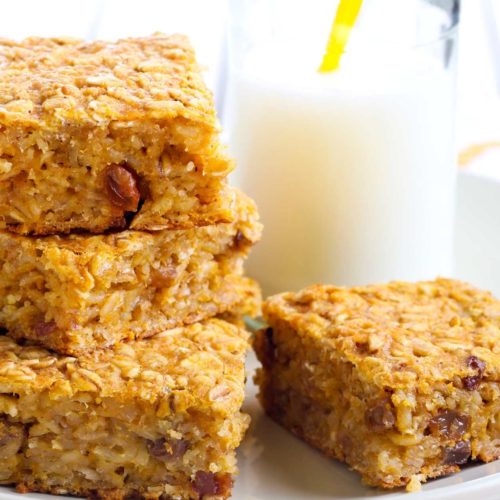Coq au Vin, Beef Bourguignon and Cassoulet the Ingredient Guru Way
Most classic French dishes are simple, rustic fare prepared well. Dishes such as cassoulet, beef Bourguignon and coq au vin have a gourmet air to them in the States, but in the French countryside, they're about as common as fried chicken and mashed potatoes are in the American South. And best of all? They require just one pot to make.
Delicious anytime, these dishes are especially warming and nourishing in the Fall and Winter months when we enjoy seasonal foods and hearty dishes. It goes without saying that for optimal nutrition ingredients should be fresh and organic. The better quality the ingredients that you start with the more delicious and nutritious your dish will turn out.
COQ AU VIN
Start to finish: 1 hour, 30 minutes | Prep time: 30 minutes | Servings: 4
Ingredients:
- 8 bone-in chicken thighs, skin removed
- Kosher or sea salt, to taste
- Freshly ground black pepper, to taste
- 4 tablespoons unsalted butter, duck fat or schmaltz, plus more as needed
- 2 Spanish onions, roughly chopped
- 1 medium carrot, roughly chopped
- 1 medium stick celery, roughly chopped
- 1 tablespoon all-purpose flour
- 1 tablespoon tomato paste
- 2 or 3 cloves garlic, crushed
- 3 cups button mushrooms, cleaned and stems removed (reserve stems for vegetable stock)
- 3/4 cup dry red wine
- 2 cups chicken broth
- 4 fresh thyme sprigs
- 2 parsley sprigs
- 1 bay leaf
- 1 to 2 tablespoons parsley, freshly chopped
Directions:
- Season the chicken thighs to taste with sea salt and freshly ground pepper. Melt 2 tablespoons of butter in a tall, heavy-bottomed pan on the stove over medium heat.
- Add the chicken thighs and cook until browned, about 8 minutes. Set the chicken aside.
- Add the other 2 tablespoons tablespoon of butter to the pan. Add onions, carrots and celery and cook until softened and lightly browned, about 8 to 10 minutes. Add a little more butter to the pan if needed.
- Add the tomato paste, stir everything together and continue cooking until the tomato paste turns a rusty color, about 3 minutes.
- Next, add the garlic and mushrooms. Season the mushrooms to taste and cook until most of their water cooks off, about 7 minutes.
- Add the wine to the pan while scraping the bottom with a spatula. Add the broth, thyme sprigs, parsley sprigs and bay leaf to the pan. Return the chicken to pan and bring everything to a simmer.
- Simmer the coq au vin uncovered until the chicken pulls away freely from the bone, 45 minutes to 1 hour. During cooking, spoon the fat from the surface of the cooking liquid and discard.
- Taste the coq au vin and season it as needed with kosher salt and freshly ground black pepper. Garnish with freshly chopped parsley before serving. Pair the coq au vin with a bold, dry red wine and serve over mashed potatoes.
BEEF BOURGUIGNON
Start to finish: 1 hour, 30 minutes | Prep time: 30 minutes | Servings: 4
Ingredients:
4 slices thick-cut, naturally cured bacon, roughly chopped
2 pounds beef chuck, cut into 1-½ inch cubes
Sea salt or kosher salt, to taste
Freshly ground black pepper, to taste
2 Spanish onions, roughly chopped
1 medium carrot, roughly chopped
1 medium stick celery, roughly chopped
2 or 3 garlic cloves, crushed
2 cups button mushrooms, cleaned and stems removed
1 teaspoon flour (gluten free does work here)
1 teaspoon tomato paste
1/2 cup Burgundy or other dry red wine
1 ½ cups beef broth or chicken broth
2 sprigs parsley
2 sprigs thyme sprigs
2 sprigs rosemary
1 bay leaf
1 to 2 tablespoons parsley, freshly chopped
Directions:
Cook the bacon over medium-low heat until the fat renders out, about 12 minutes. Transfer the bacon to a plate lined with paper towels.
Season the beef to taste with sea salt and freshly ground black pepper. Increase the heat to medium and brown the beef in the rendered bacon fat. Set the beef aside.
Add the onions, carrots and celery to the pan and cook until softened and lightly browned, about 8 to 10 minutes. Add the garlic and mushrooms to the pan.
Cook the garlic and mushrooms until most of their water evaporates, about 7 minutes. Add the flour and tomato paste to the vegetables and stir to coat. Cook until the tomato paste turns a rusty color, about 3 minutes.
Add the wine to the pan while scraping the bottom with a spatula. Add the broth, thyme, parsley, rosemary and bay leaf to the pan and bring everything to a simmer.
Return the beef to the pan and cover. Turn the heat on the stove to low and cook until the beef is tender, at least one 1 hour. Spoon the fat from the top of the cooking liquid as needed.
Garnish the beef bourguignon with freshly chopped parsley. Pair the dish with your favorite Burgundy and gluten free noodles (my favorite is Jovial tagliatelli).
Cassoulet
Start to finish: 1 hour, 30 minutes | Prep time: 30 minutes | Servings: 4
Ingredients:
- 2 teaspoons bacon fat, schmaltz or duck fat
- 2 medium onions, roughly chopped
- 1 carrot roughly chopped
- 2 or 3 cloves garlic, minced
- 1/4 pound naturally cured kielbasa, thinly sliced
- 2 ¼ cups plum tomatoes, roughly chopped
- 1 cup chicken broth
- 1/2 cup dry white wine
- 3 ½ cups Great Northern beans, cooked to al dente, or 2 cans Great Northern beans
- 1 ½ cups skinless chicken breasts, diced
- 1/2 tablespoon fresh thyme, chopped
- Sea salt or kosher salt, to taste
- Freshly ground black pepper, to taste
Directions:
- Heat the fat in a large pan on the stove over medium heat. Add the onions and carrots and cook until softened, about 7 minutes. Add the garlic.
- Continue cooking until aromatic with garlic, about 3 minutes. Add the kielbasa and cook until browned, about 5 minutes.
- Add the tomatoes, broth, wine, beans, chicken and thyme. Bring the cassoulet to a simmer.
- Simmer the cassoulet until thickened, about 40 minutes. Season to taste with salt and pepper and garnish with freshly chopped parsley, if desired.



